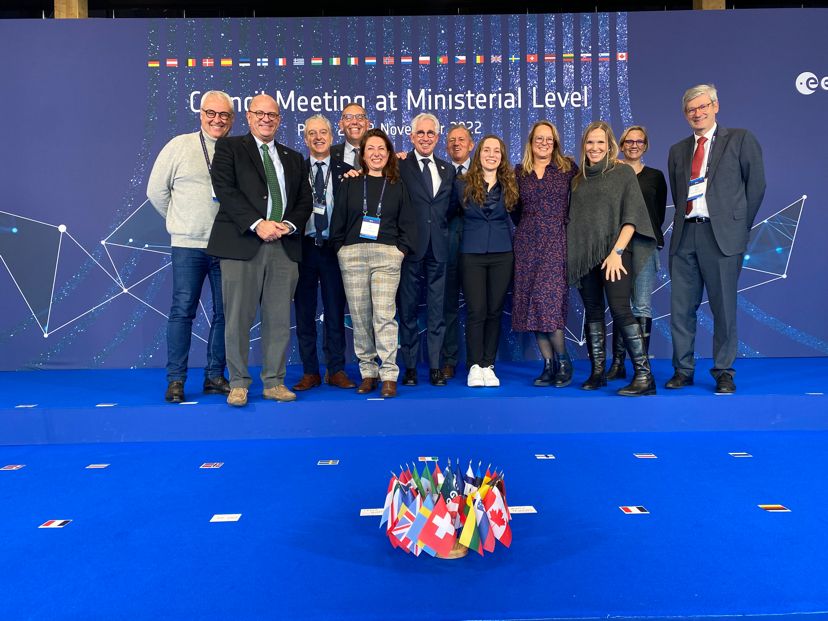
Green light for GENESIS FutureNAV’s mission
ESA’s FutureNAV programme received strong backing at the ESA Council at Ministerial Level on November 22 and 23. FutureNAV will enable the Agency to respond to new satellite navigation trends, concepts and to the needs of satellite navigation in the field of positioning, navigation and timing (PVT), allowing Europe to stay at the cutting edge of satellite navigation technology.
FutureNAV will support the GENESIS mission, aiming at reaching unprecedented accuracy in measurements of Earth and improved positioning performance. More specifically, GENESIS will allow mapping the ever-shifting contours of planet Earth more accurately than ever before, down to the scale of 1 mm in position and 0.1 mm in drifts, in the process improving multiple navigation, Geodesy and Earth science applications, including enhancing the precision of the Galileo navigation system and, last but not least, allowing to improve the knowledge of how fast the polar icecaps are depleted and the oceans rise in the current climate crisis.
GENESIS will achieve this by combining a quartet of geodetic techniques, duly calibrated and synchronised, on a single space based platform for the first time: satellite navigation will be combined with laser (SLR) and radio-ranging (DORIS), along with Very Long Baseline Interferometry (VLBI).
It is planned that the Navigation Science Office supports the GENESIS mission through the GSSC facility. The GSSC will support the GENESIS science operations as Data exploitation centre, working in close coordination with the Navigation Support Office at ESOC, acting as GENESIS Data Processing centre, and the GENESIS Scientific community.



